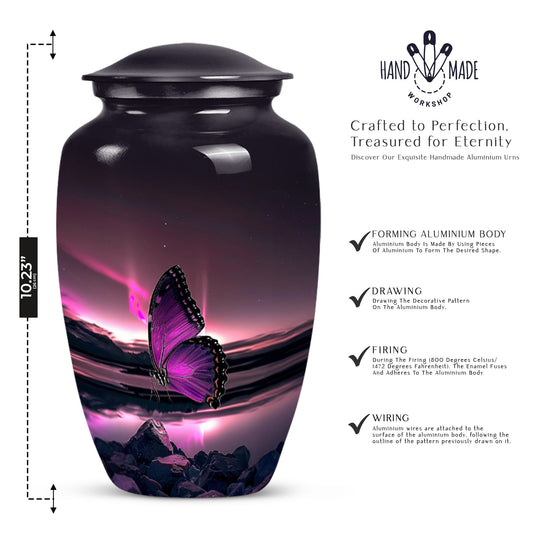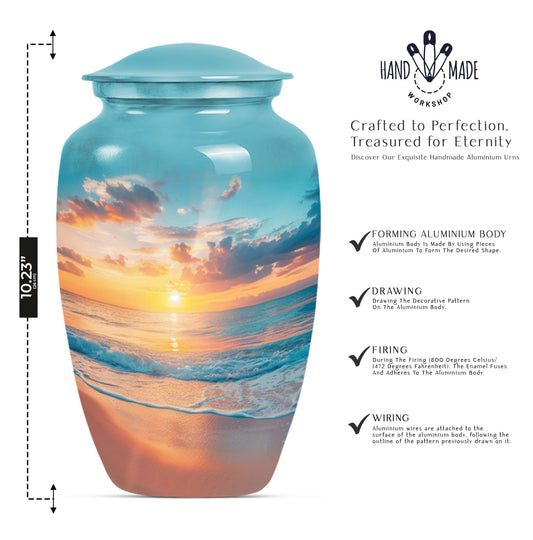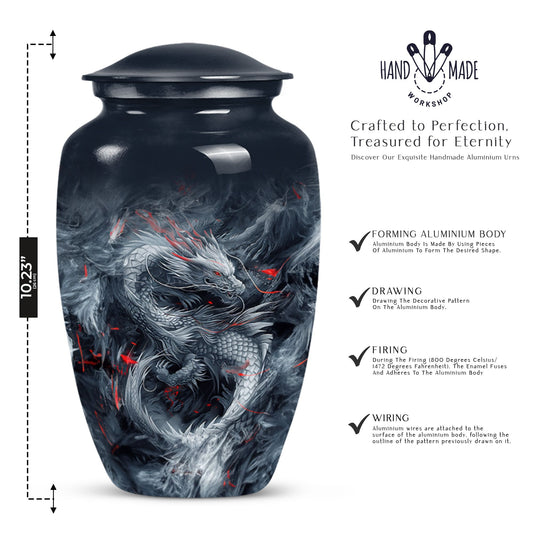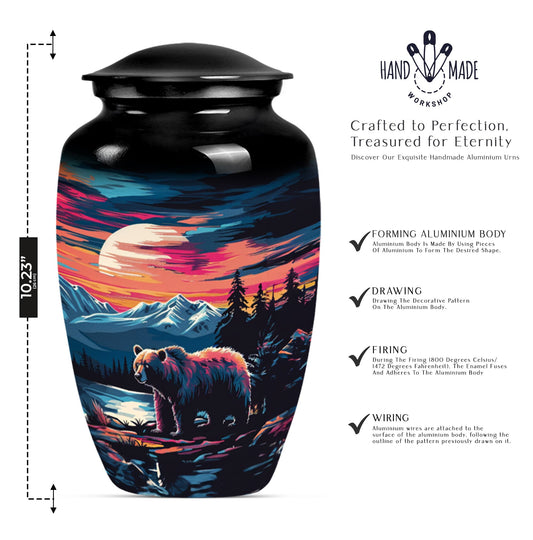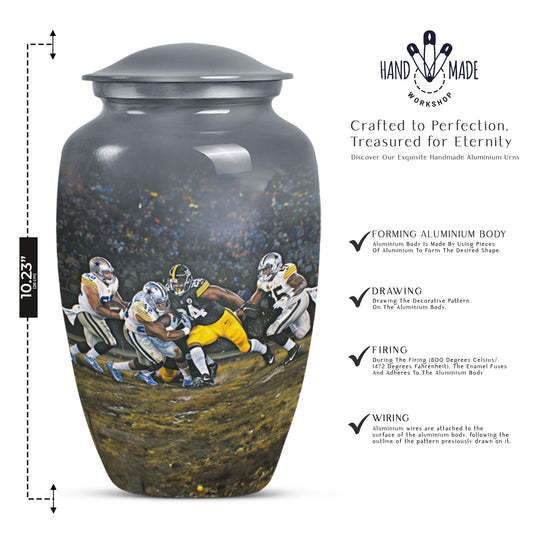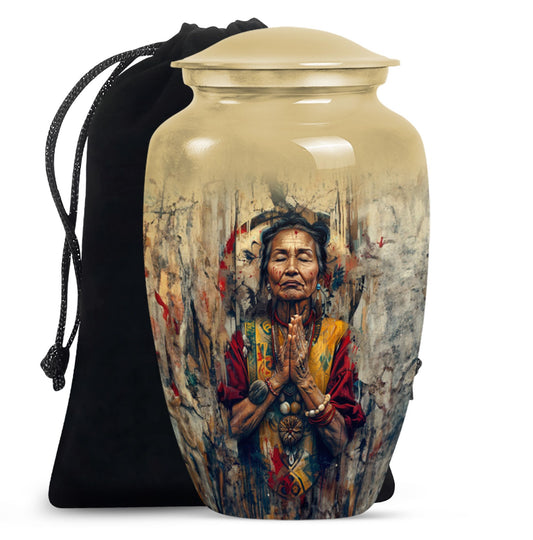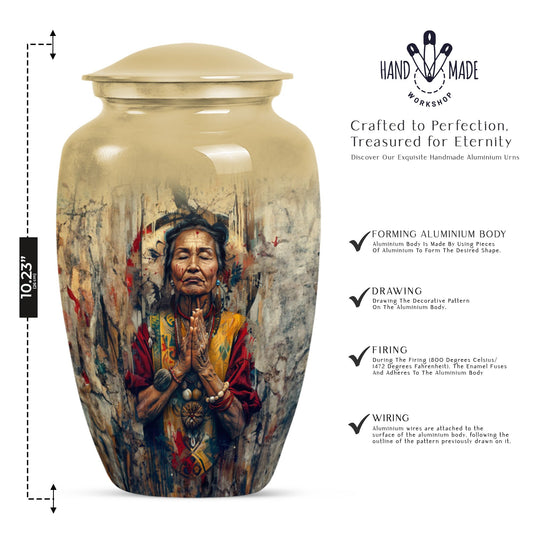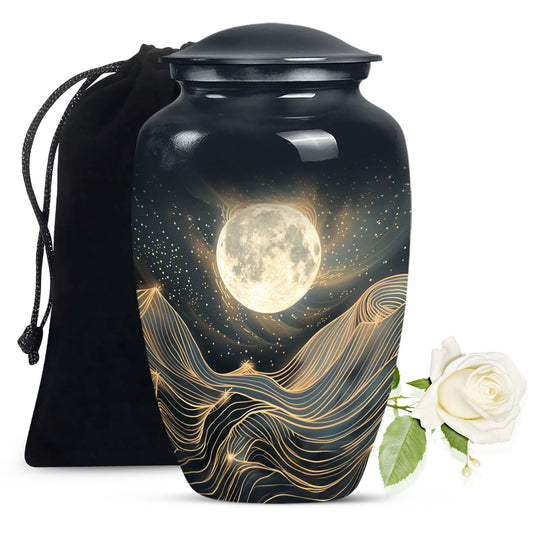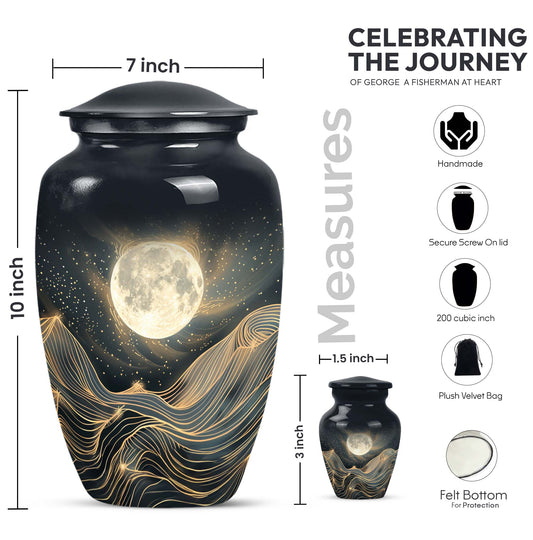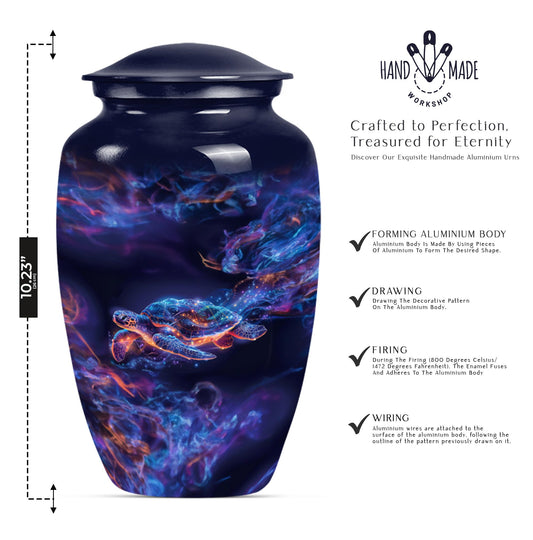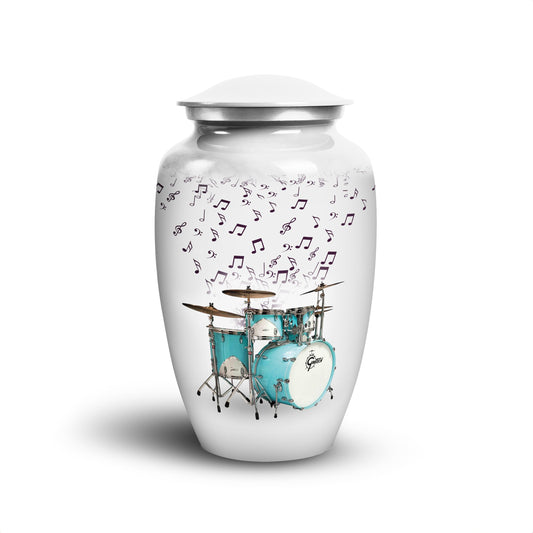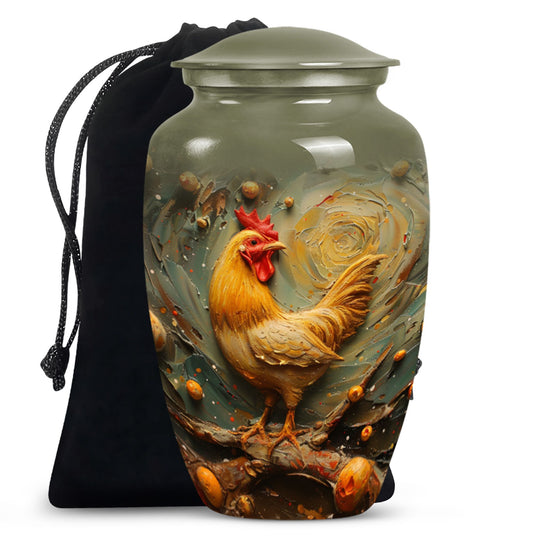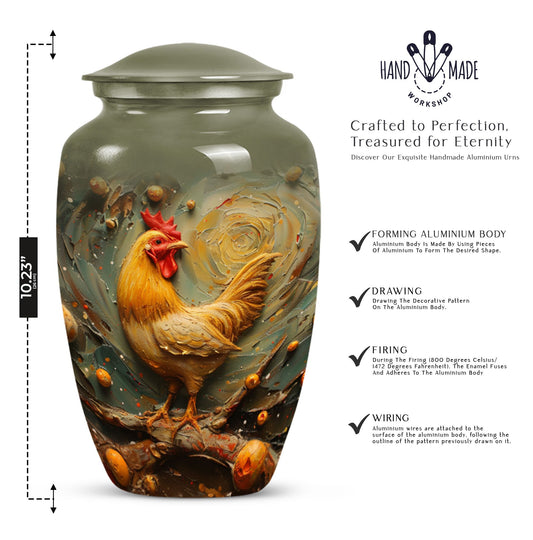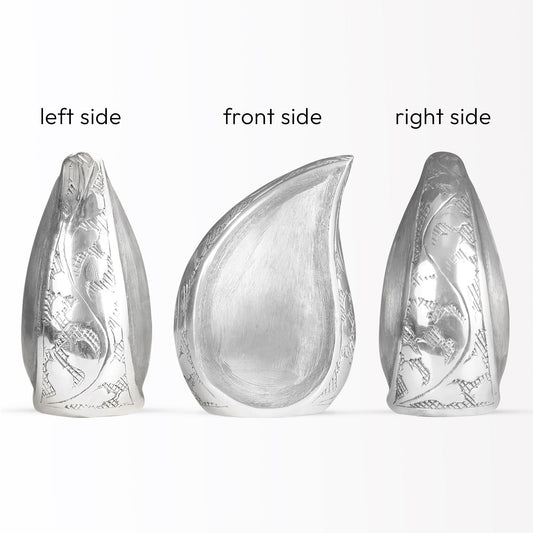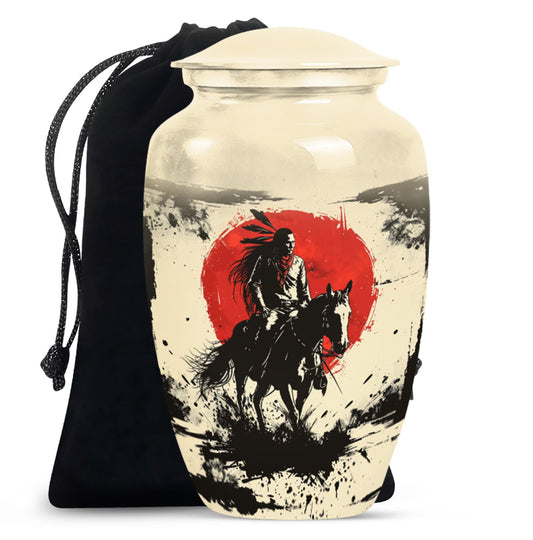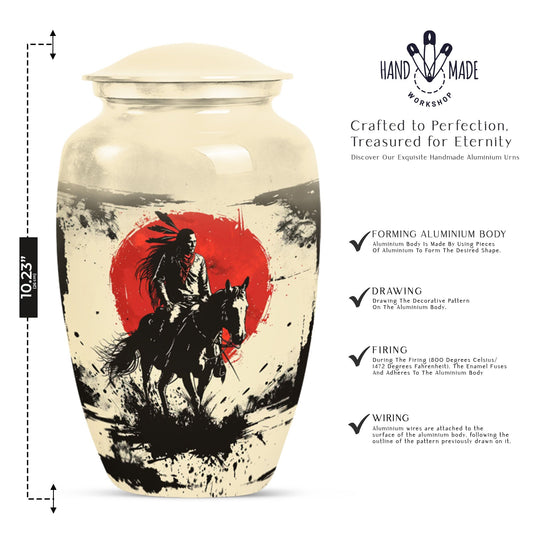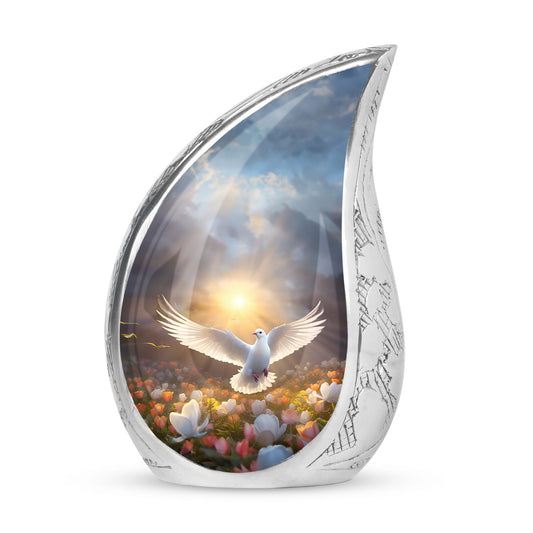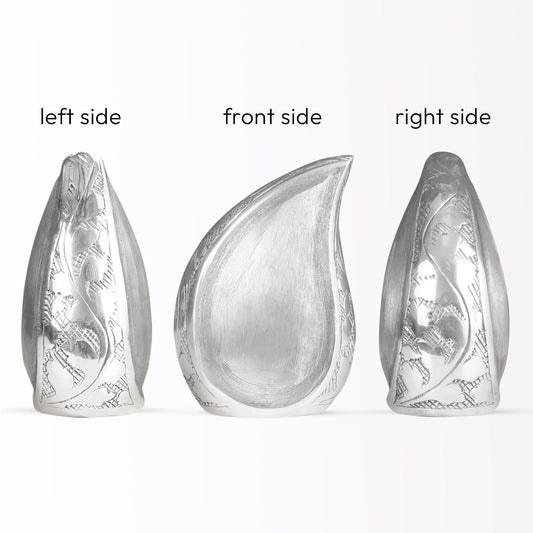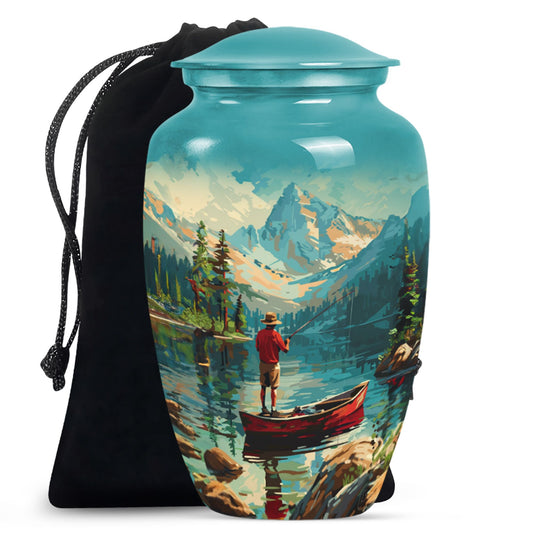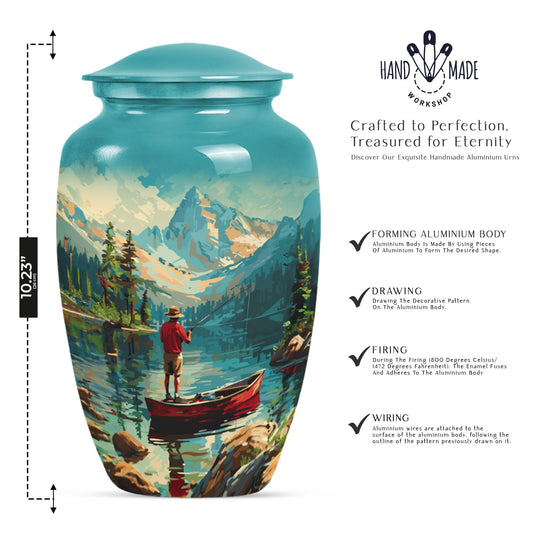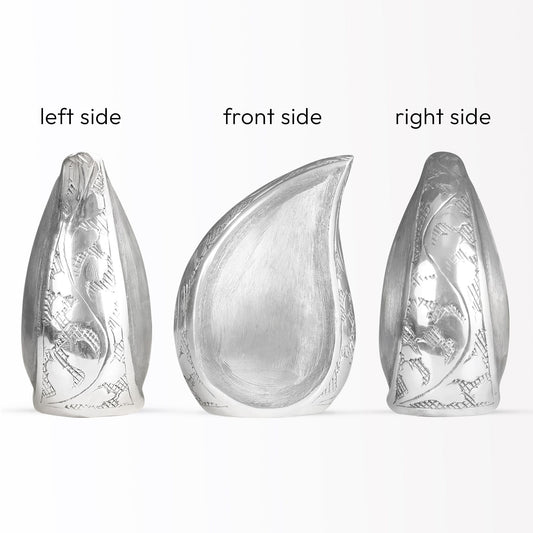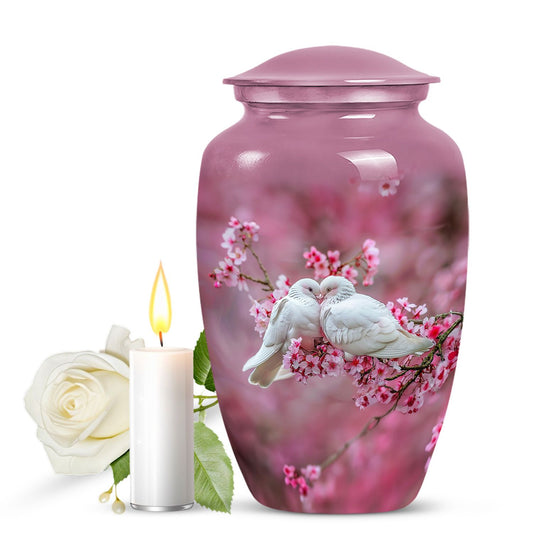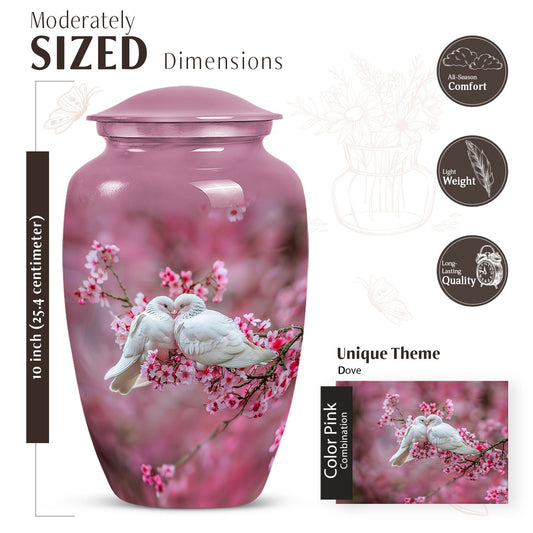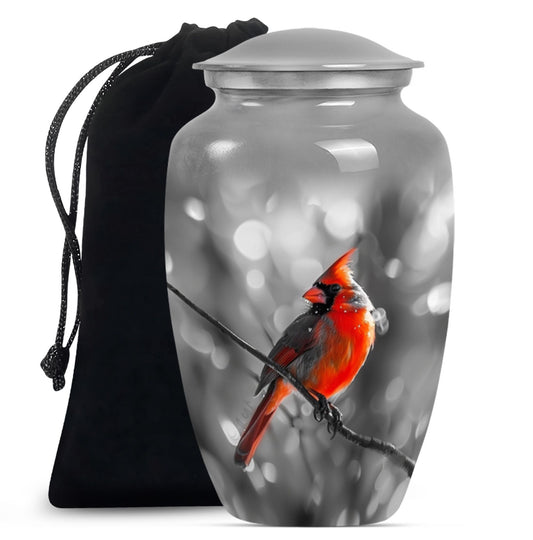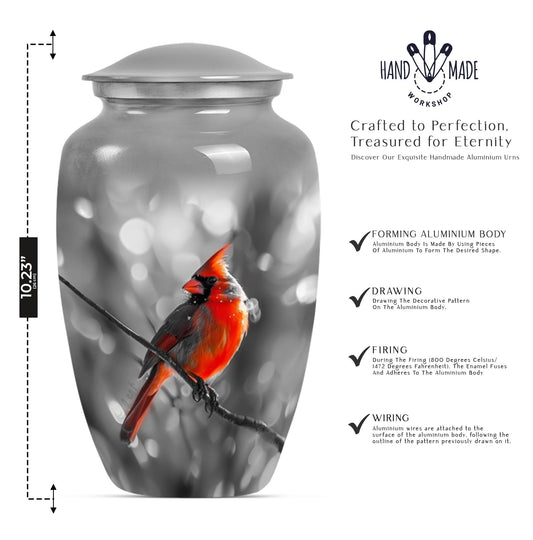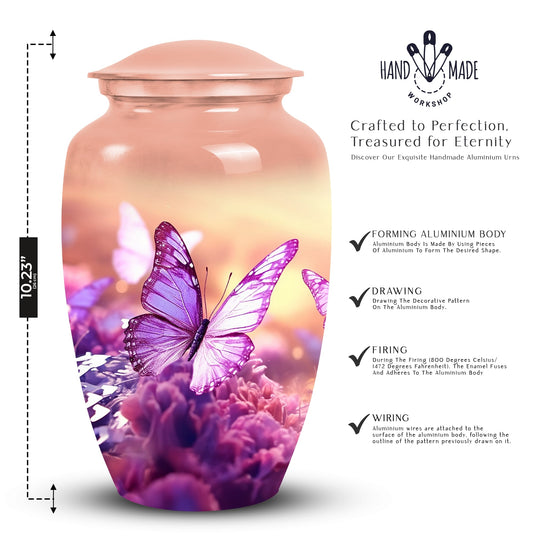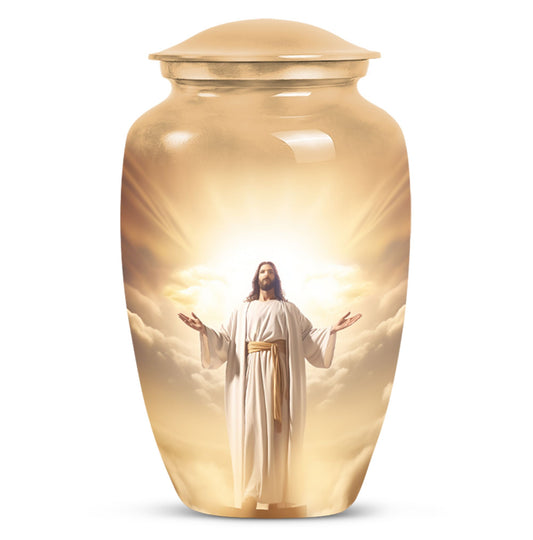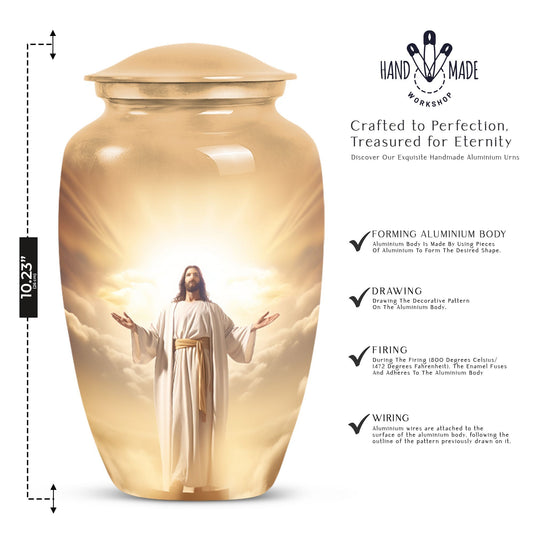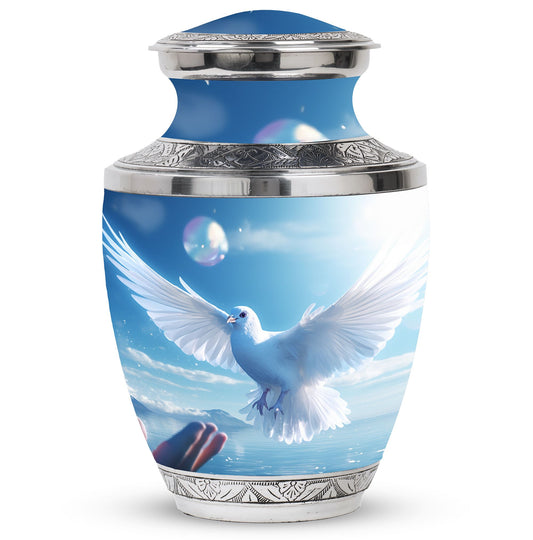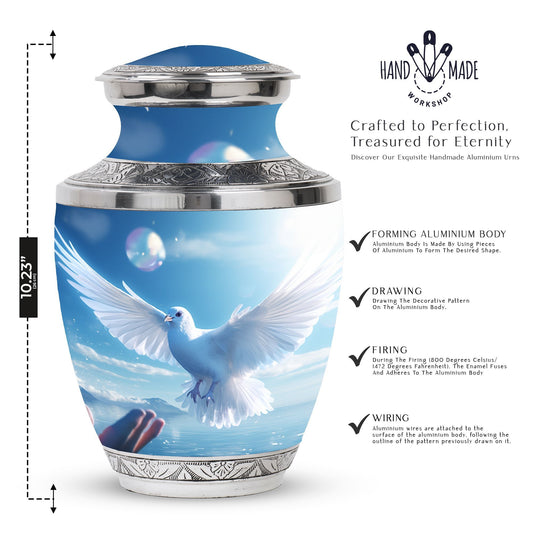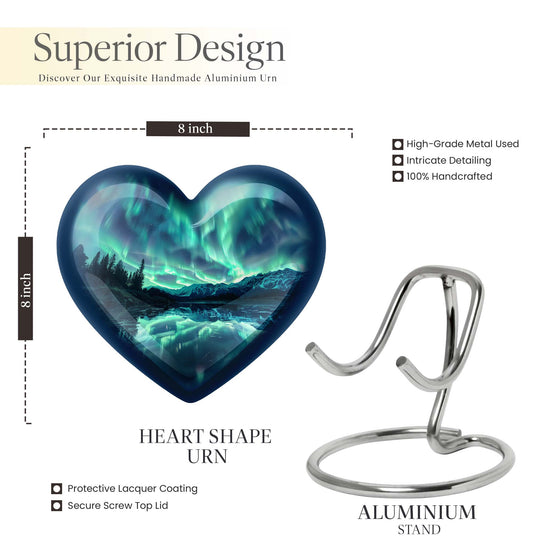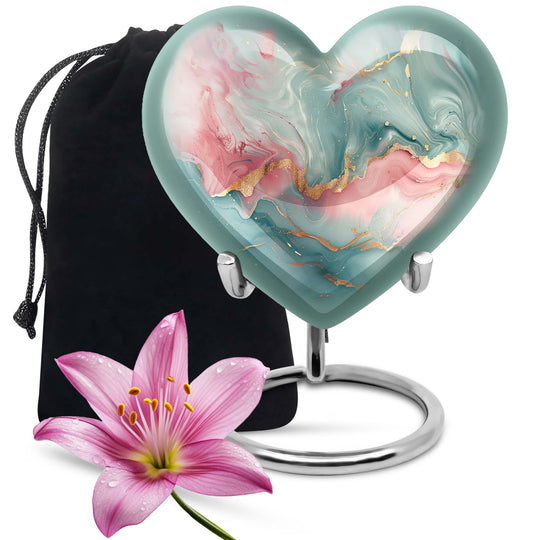Popular Urns
HISTORY OF CREMATION: From Ancient to Modern Times

Archaeologists have estimated cremation to be at least 17000 years old. Although most of the evidence and documentation hail from the Indian subcontinent, the earliest of the records come from Australia. In the excavated records of the Indus Valley civilization, methods of cremation have been found. Norse history shows a great deal of bidding farewell to their loved ones.
In Hindu tradition,

In Hinduism, cremation (Antyeshti, a part of the Antim Sanskar, or last rites) is a crucial ritual that facilitates the soul's journey to the afterlife. Hindus believe that by burning the body, the soul is released from its physical form, allowing it to attain moksha as the body turns into the natural elements and goes to earth, water, and air. The ritual is accompanied by mantras in the presence of family and friends.
Norse Practices,

In Norse culture, cremation was a common funerary practice, often associated with warrior status (when the bodies of martyrs were placed on huge boats and sent into the sea). The Vikings believed that Valhalla was the abode of brave warriors who lost their lives. They go into the realm of fighters, and their spirits live beside the god Odin. Cremation in Nordic countries was sometimes accompanied by elaborate ceremonies.
Buddhist Beliefs,

Buddhism generally supports cremation as a way to detach from the physical body and the cycle of rebirth. Many Buddhists believe that by cremating the body, one can achieve a higher state of enlightenment. The ashes are often scattered in a river or at a sacred site, symbolizing the return to nature.
Roman Customs
In ancient Rome, cremation was a common practice among the upper classes until the 2nd century AD. The Romans believed that cremation purified the body and allowed the soul to ascend to the afterlife. Funerary urns were often elaborately decorated, reflecting the deceased's status and providing a lasting tribute to their memory. The Romans followed Greek and Trojan fashion in cremating their military heroes. By about 100 CE, however, cremations in the Roman Empire were stopped as Christianity took over.
Indigenous Practices,

Many Indigenous cultures around the world have practiced cremation as part of their spiritual beliefs. As an example, several indigenous tribes around the globe see fire as an element of purification, which is why they practice cremation. The ashes are then spread on sacred lands or in bodies of water, symbolizing the interconnectedness of life and nature. These diverse practices highlight how cremation has been deeply intertwined with cultural, spiritual, and societal values across different civilizations as it constantly shapes approaches to life and death.
Landscape today:
The process of cremation today has become part of almost all religions and cultures, perhaps because of how intercultural relationships are built. Many people find this process emotionally easier, allowing families to focus on remembrance rather than elaborate rituals tied to the earth.
After the ritual, ashes are easily scattered to the place of the family’s liking, wherever they believe the best place to be. It clearly indicates how people prefer time-efficient and convenient methods to honor the deceased. The simplicity of cremation addresses contemporary needs, enabling families to celebrate life without the burdens often associated with traditional burials. As societies evolve, cremation emerges as a thoughtful choice, harmonizing respect for the departed with the practical considerations of modern life.

Different proceedings across cultures:
Cremation practices vary widely across cultures, reflecting distinct beliefs about death and the afterlife.
- In Hinduism, this ritual is usually carried out within 24 hours of the passing away of the person. And this specific ritual is etched in Garuda Purana (a revered literature in Hindu culture), which dates back around 300 BCE. And further, Hindus scatter the ashes in the Ganga river.
- In contrast, the ancient Romans had the belief that cremation, as a funerary practice, purged all their sins and impurities and cleansed the body for a new rebirth. It dates back to the classical era, around 500 BCE. Usually, families would store the ashes in ornate urns, which were displayed later in tombs or family shrines, reflecting the individual's social status.

- Norse cultures, particularly the Vikings, practiced cremation extensively from the 8th to the 11th centuries. Burial mounds, often containing ship burials, were set ablaze to honor warriors and provide them safe passage to the afterlife, a belief rooted in their mythology.
- Meanwhile, in Japan, cremation became widespread during the Edo period (1603–1868). The Edo period was the time of feudalism in Japan. The option of cremation came as a response to population density and disease. Even today, approximately 99% of Japanese choose cremation, with elaborate ceremonies often involving the family picking up the bones from the ashes and placing them in an urn.
These practices, their differences, and their rationales tell how beliefs surround cremation across cultures and how spirituality transcends from one generation to another.
ALSO READ:
How to Transfer Ashes into a Cremation Urn: A Step-by-Step Guide
Guide to Scattering Ashes: Creating a Peaceful and Meaningful Ceremony


